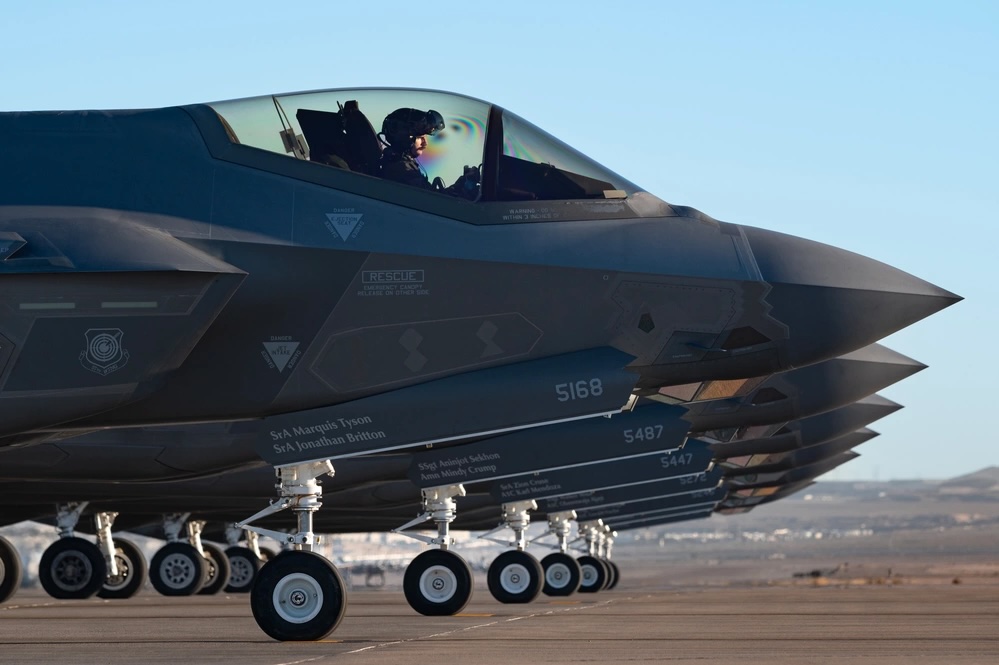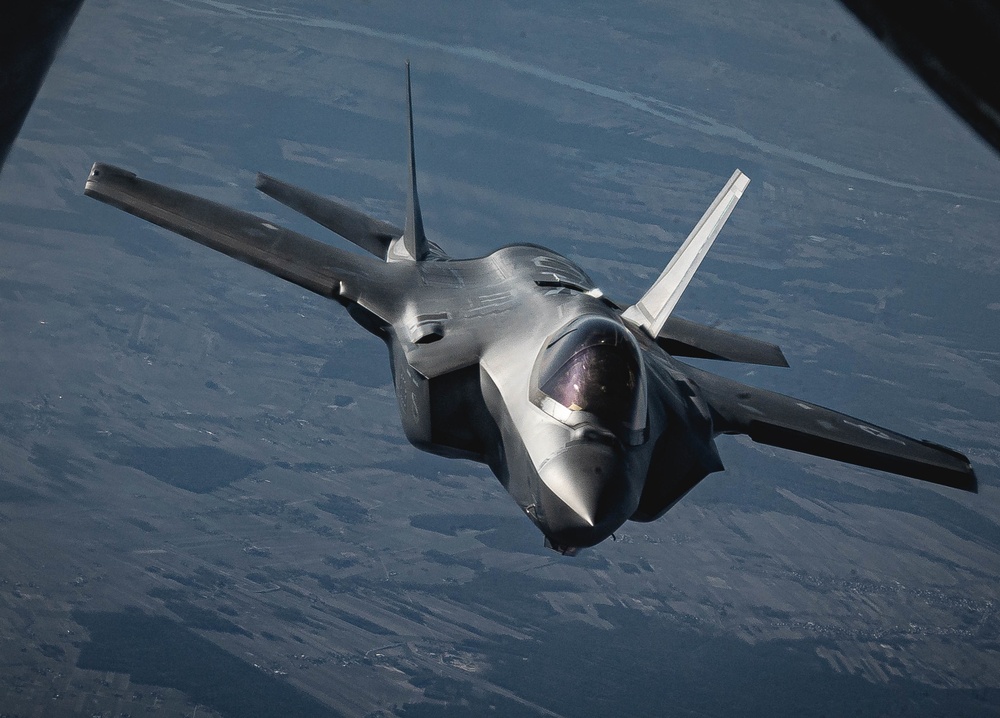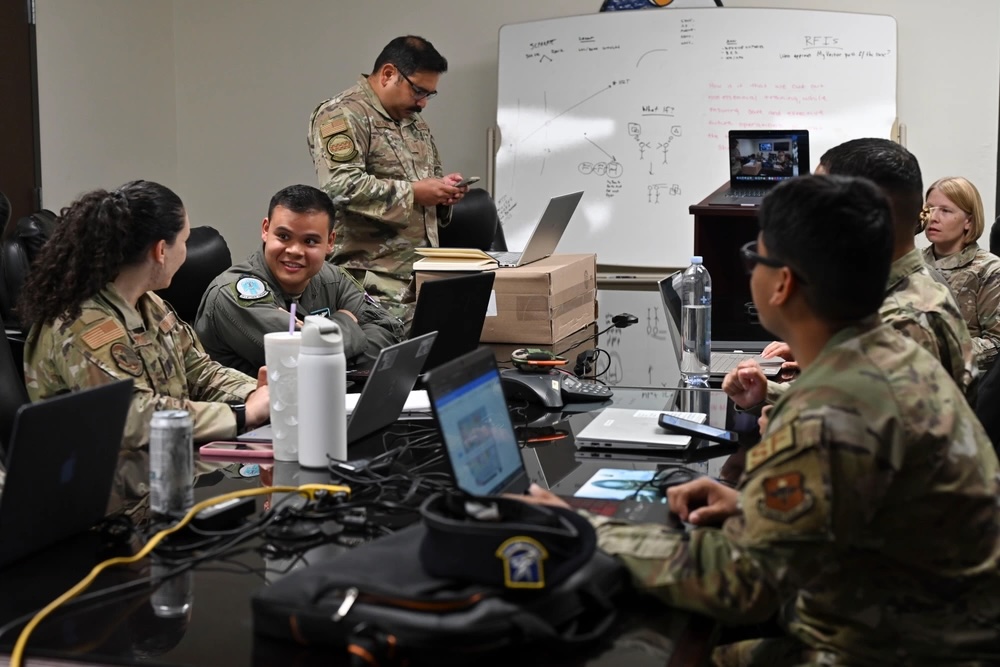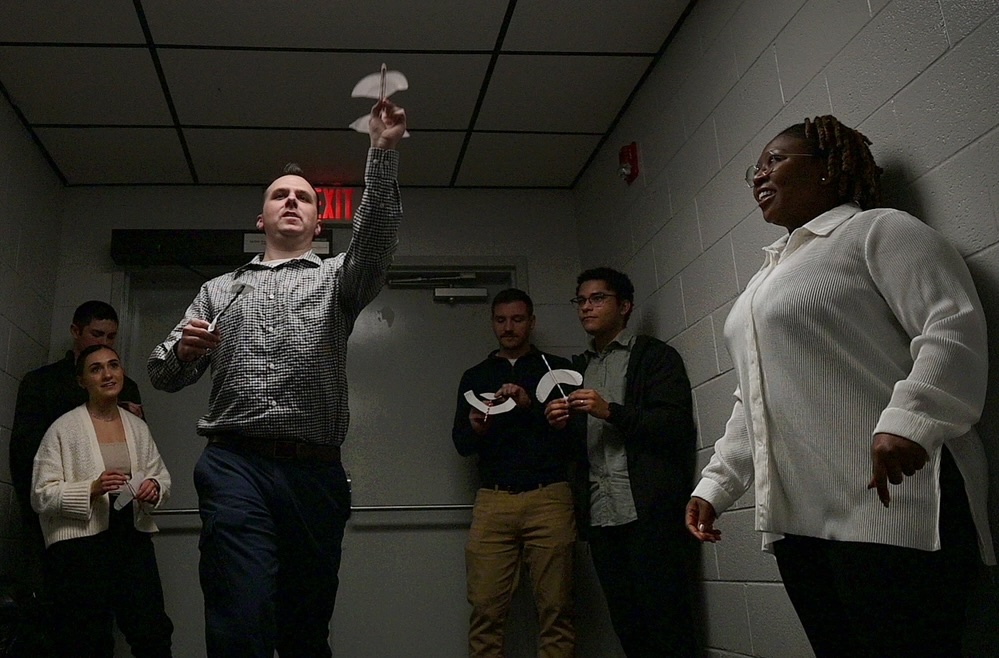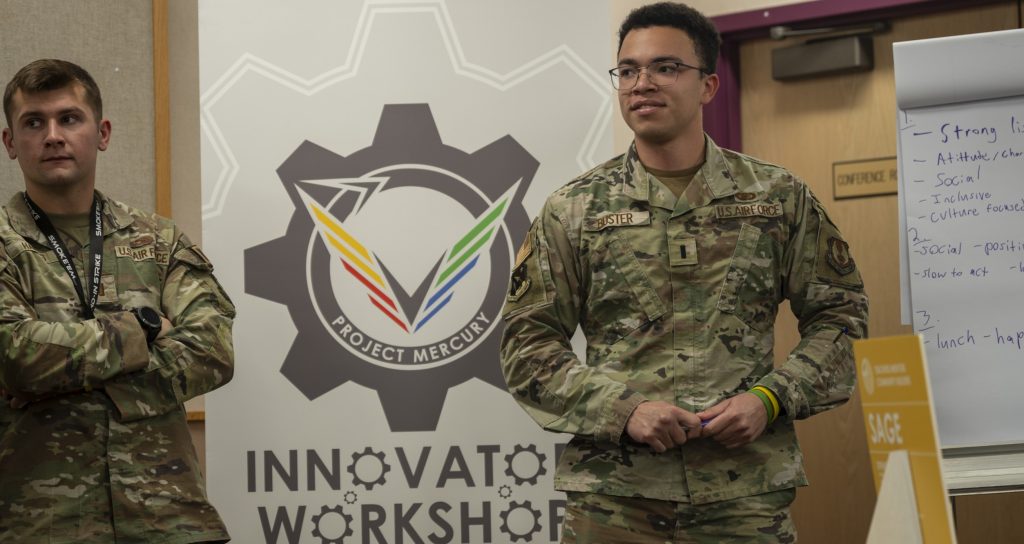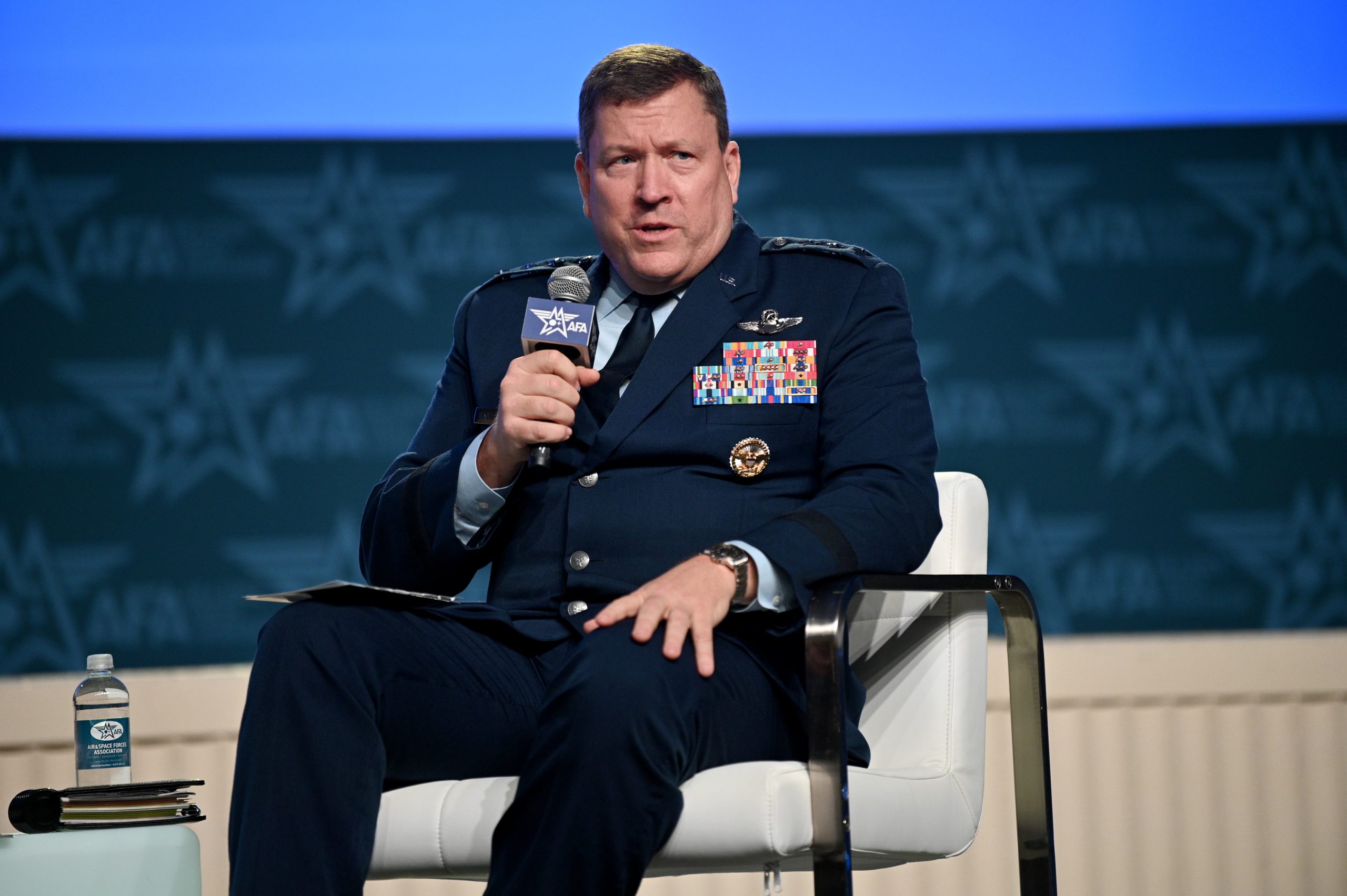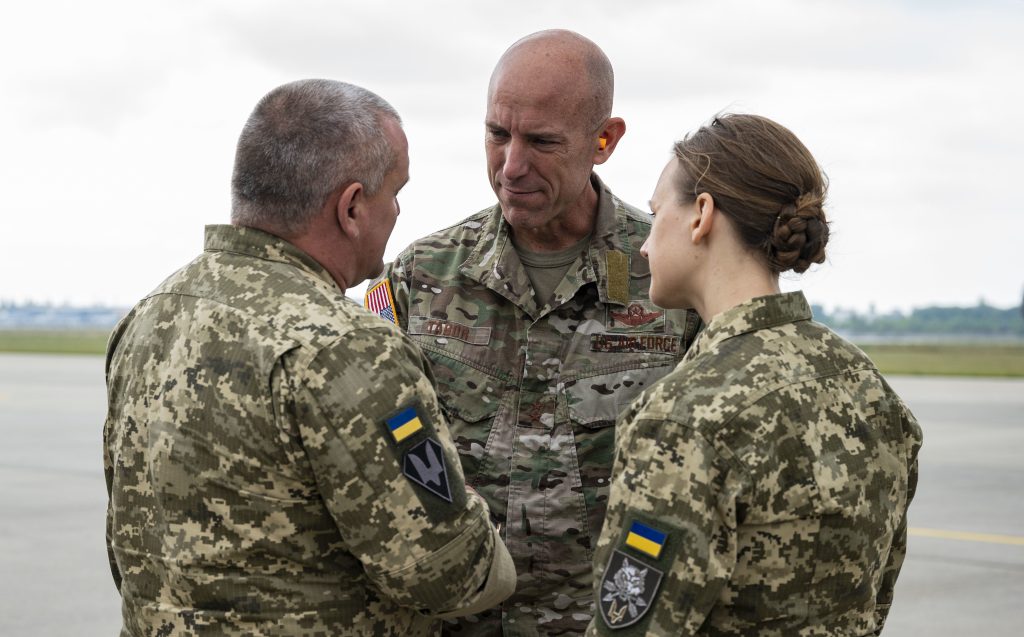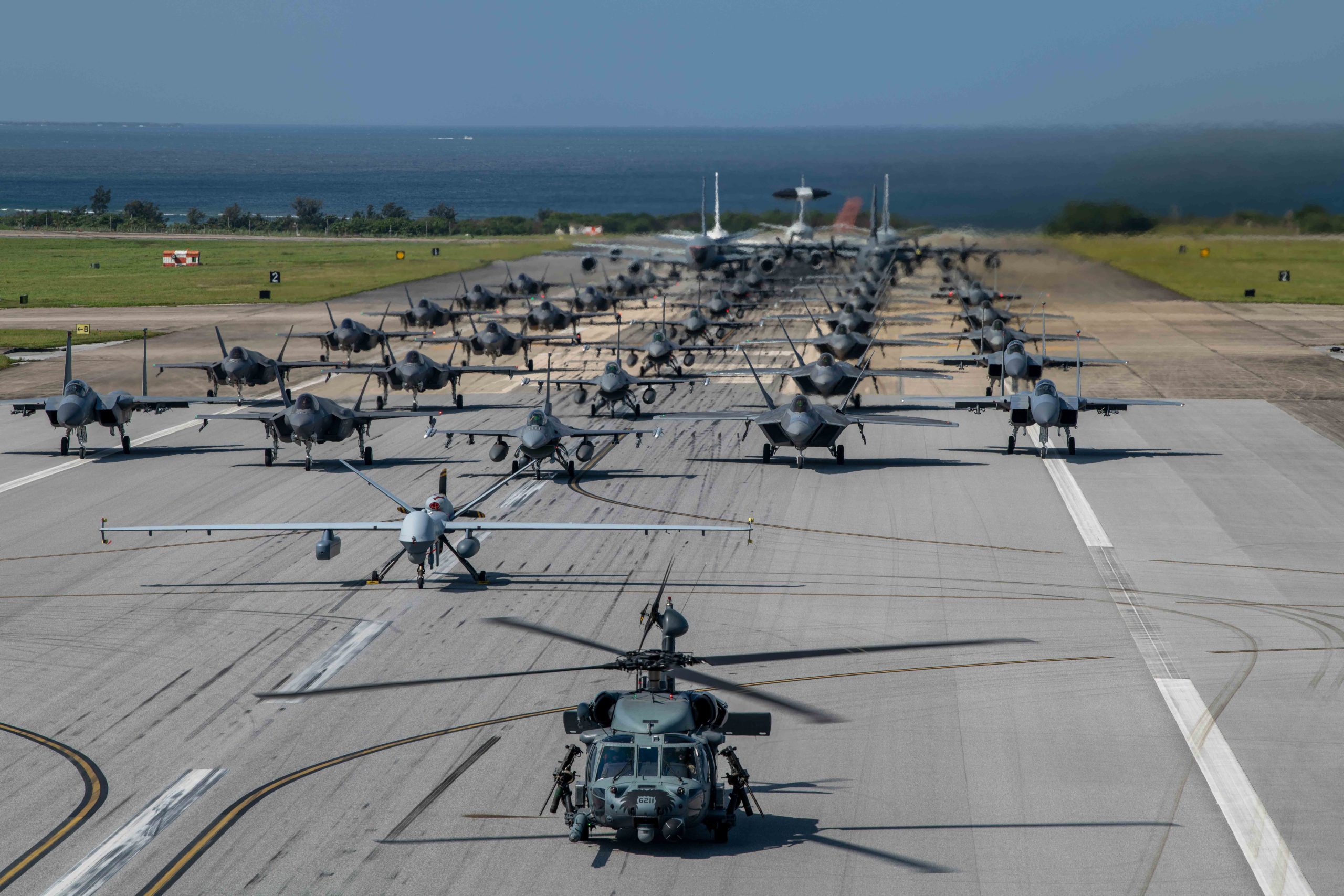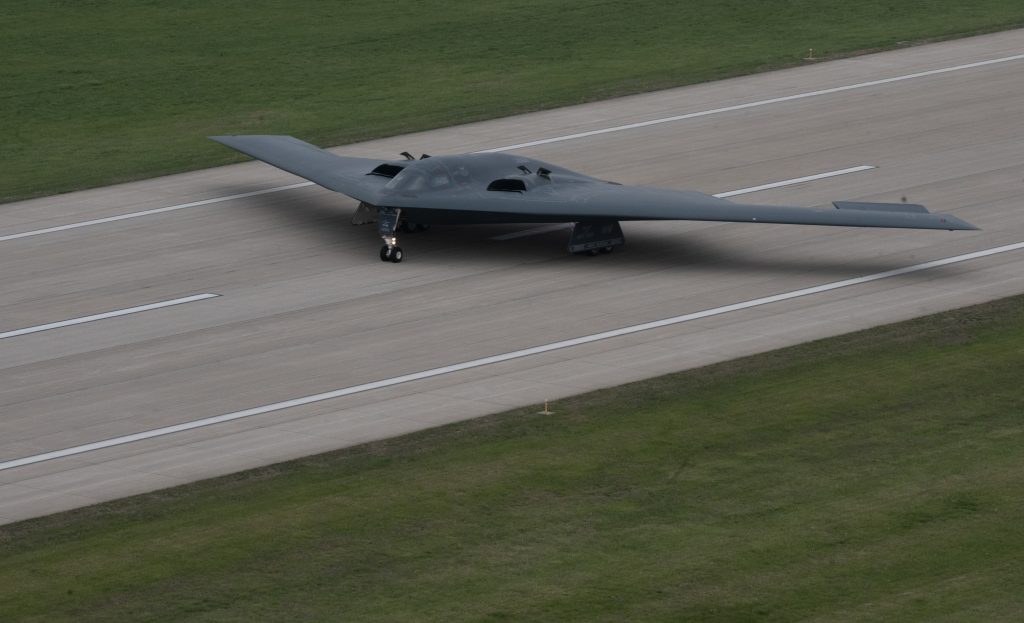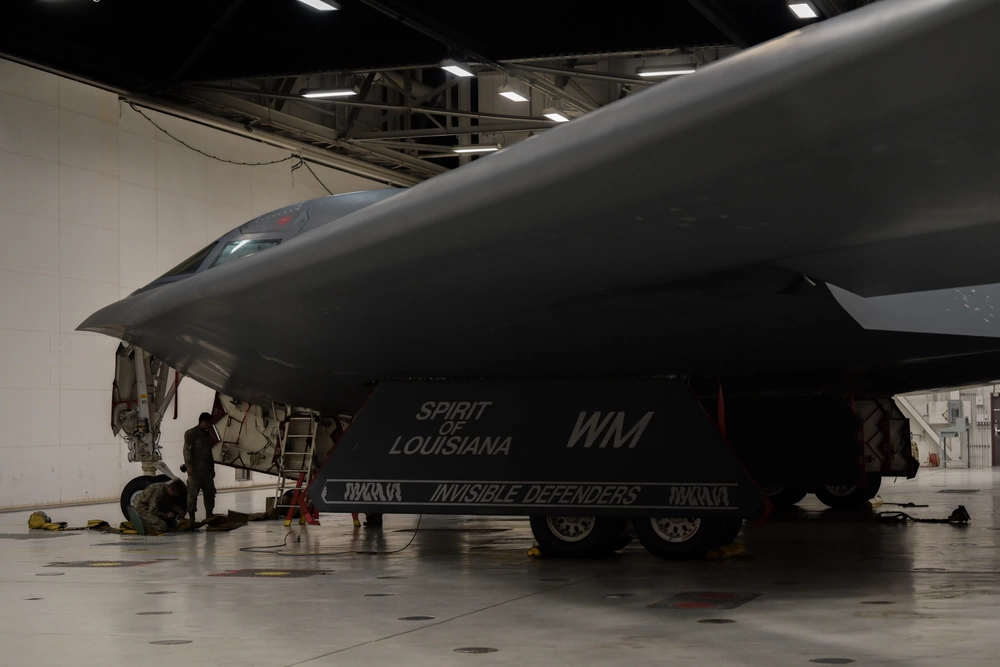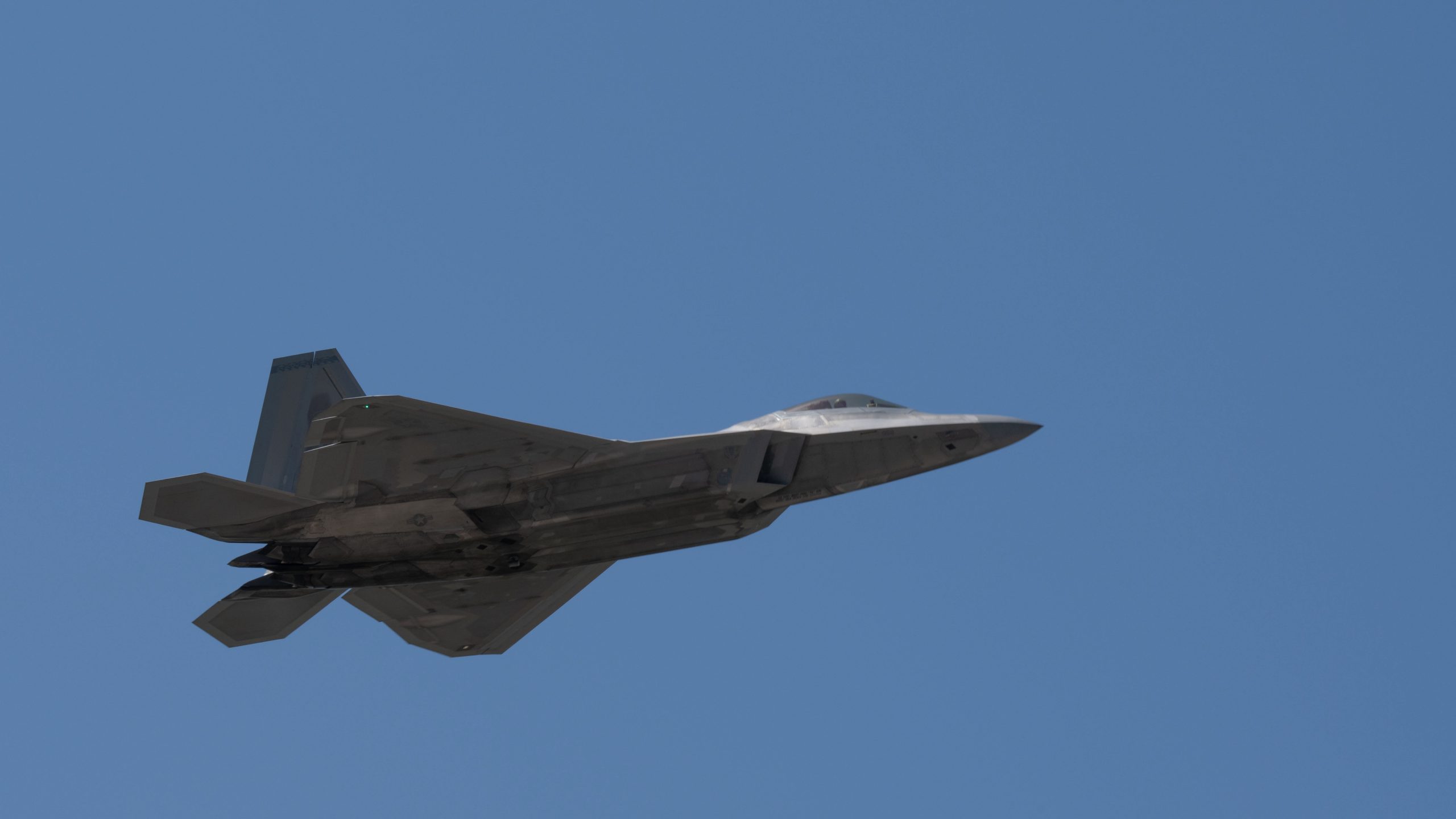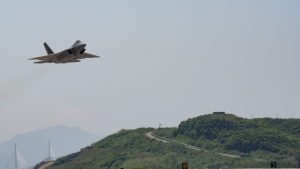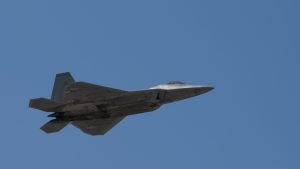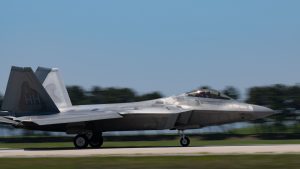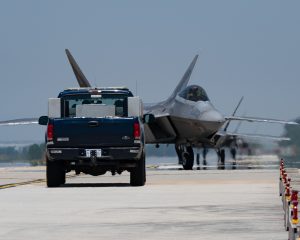Even if deliveries of F-35 fighters, now on hold, were to resume immediately, it could take a year to get them all into the hands of operators, according to a new Government Accountability Office report.
Lockheed Martin has produced but not delivered about 80 F-35s since last fall because they were built to use the Tech Refresh 3 computer and display upgrade that is still being tested. Until testing is complete, the government isn’t accepting deliveries, and the aircraft are being parked. The government won’t release the actual number in storage or their location, citing operational security.
According to the GAO, Lockheed expects that when deliveries resume, they can be accomplished at the rate of 20 per month, or roughly one every business day. But the best rate of deliveries ever achieved was 13 per month, the GAO noted in its May 16 report.
“Even at this faster rate, delivering the parked aircraft will take about a year once TR-3 software has been completed and certified,” the report states.
If the delivery rate of 20 is achieved, it would take four months to deliver the backlog of fighters, but that doesn’t take into account new fighters that continue to be produced and would also need to go through the “DD250” process; so-called for the document that certifies the jet meets its checks and can be handed over to the user. That would continually add to the delivery backlog.
Lockheed says it’s on a pace to build—though not necessarily deliver—about 156 F-35s per year, meaning roughly 13 per month are being built. Unless the delivery rate increases, the backlog would never be worked off.
The GAO reported that the Defense Contract Management Agency, which has a presence at the F-35 factory in Fort Worth, Texas, said “they believe the rate [of 20 per month] is feasible,” although it would stress the workforce and enterprise needed to do the certifications and “lead to coordination challenges” with the government.
The extra seven aircraft a month delivered under the accelerated rate would mean the backlog would take more than 11 months to complete.
But deliveries are not expected to resume immediately. The F-35 steering group—the committee of U.S. services, foreign partners, and foreign users of the jet—have agreed in principle to accept a “truncated” version of the TR-3 software, which would allow deliveries to resume, but they would later need hardware and software modification when the full TR-3 package is tested and certified.
A spokesperson for the F-35 Joint Program Office said clearance to release the truncated version will only be granted when the software associated with it “is stable,” meaning that it does not crash and need to be rebooted multiple times per sortie. The JPO offered no estimate of when that’s expected to happen.
“Our top developmental priority is delivering a safe, stable, capable, and maintainable TR-3 product,” JPO spokesperson said. “The next iteration of TR-3 software is planned for release to flight test later this month. Our team remains focused on incorporating fixes that put us in a position to deliver TR-3 configured aircraft acceptable for combat training,” although this version is not the all-up TR-3 package. “The first opportunity to potentially start accepting aircraft remains late July.” The program has previously acknowledged that all-up TR-3-equipped aircraft won’t become available until mid-2025.
The TR-3’s far more powerful computers and processors are the basis for the F-35’s Block 4 upgrade. Lt. Gen. Michael J. Schmidt, the program executive officer for the F-35 program, recently told Congress the Block 4 is being “re-imagined,” with some of its elements being deferred from the late 2020s to the mid-2030s.
The GAO also pointed out that Lockheed is “responsible for the security and maintenance” of the parked airplanes while delivery is being worked out, and noted that if deliveries are delayed past April 2024, Lockheed is projected to “exceed its maximum parking capacity and will need to develop a plan to accommodate more parked airplanes.”
Parking the jets “presents additional risk to the government should damage occur to some or all of the parked aircraft,” the GAO report states. “It is unique for so many critical DOD aircraft to be waiting for DOD acceptance, instead of stored at lower densities across many military locations throughout the world. This creates unique financial and schedule risks to DOD.”
The threat of sabotage of the parked jets is not easily dismissed. In 2012, Taliban fighters penetrated Marine Corps Camp Bastion in Afghanistan, where they destroyed six AV-8B Harrier II fighters and severely damaged two others, using light arms, rocket-propelled grenades, and suicide vests. The jets were valued at more than $30 million each.
Lockheed leased 136,000 square feet of industrial space at a facility roughly seven miles north of its Fort Worth, Texas, F-35 factory in January, but the company could not be immediately reached to say whether this space, which it has previously said will be used “for storage” is meant to accommodate the growing backlog F-35s.
